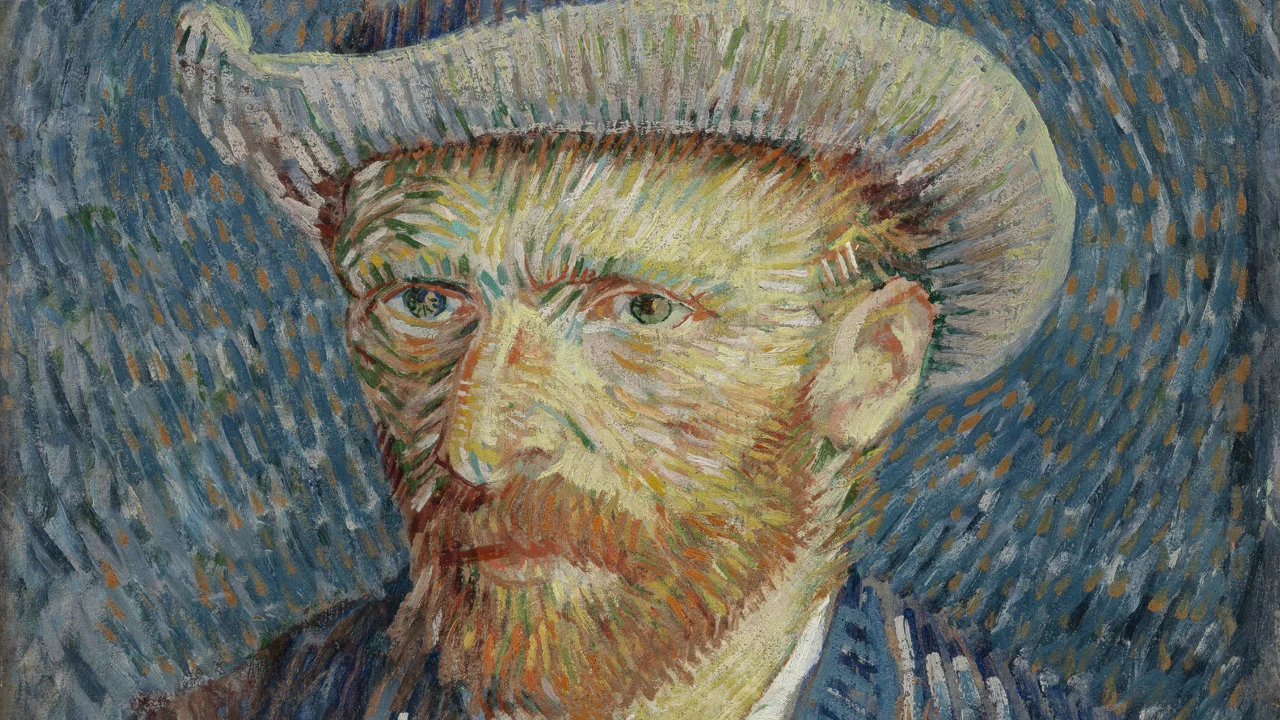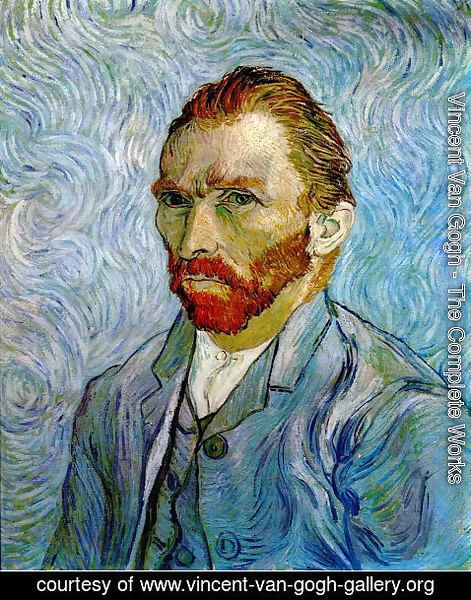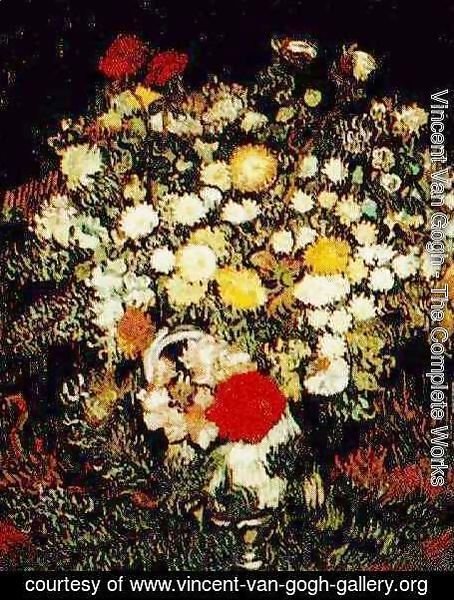Vincent van Gogh: painting 900 artworks in 10 years
Van Gogh, who was just 37 years of age when he passed away and had only sold one artwork, regrettably did not survive long enough to witness the full scope of his legacy, which includes the fact that several of his paintings are currently among the most valuable in the world. In ten years, he produced over 900 paintings.
Van Gogh had worked as a lay priest, a teacher, and an art dealer before he was 27 years old. Then, he abruptly gave up these jobs and decided to devote all his attention to painting and sketching. Once he began going, there was no stopping him.
A new work of art was produced by van Gogh every 36 hours throughout the following ten years, totaling about 900 paintings and an additional 1,100 artworks on paper. Over the length of his creative career, he worked on various themes and subjects. Below is a look at Van Gogh’s famous paintings list.
Portraits
Van Gogh had his best chance to succeed financially with the portraits. The legend admitted few things impressed him and gave him the invincibility feeling as this. In a letter to his sister, he expressed his desire to create portraits that would last. He admitted that instead of seeking photographic images, he’d use color to represent the subjects’ feelings and character.
It wasn’t often that Van Gogh portrayed Bernard or Van Rappard; actually, they rarely featured in his works. Instead, he derived his Mum’s paintings from actual pictures; many found this impressive and intriguing.
He painted La Berceuse in December 1888; he saw her as being on par with his sunflowers. Simple outlines, a restricted color palette, and various brushstrokes are all present in his portraits. On the other hand, these Vincent van Gogh drawings had a frenzied style, rough surface, and wide brushstrokes.
Self-portraits
Between 1885 and 1889, Van Gogh produced more than 43 self-portraits. They were often finished in series, like those created in Paris in the middle of 1887 and continued until just before his passing. Typically, these Vincent van Gogh’s artwork were sketches that he painted of himself during introspection when he was unwilling to interact with people or when he was short on models.
These Vincent van Gogh drawings describe the uncharacteristically high level of self-examination. They are frequently used to commemorate significant moments in his life. For instance, the mid-1887 Paris collection was painted when he first learned about Claude Monet, Cézanne, and Signac. The canvas is covered in thick paint stretches in Self-Portrait with Grey Felt Hat.
Van Gogh described it as a deliberate canvas among his most famous art paintings of the time; this owed much to its perfectly done, masterful brushstrokes and the beautiful halo derived from the ancient art pattern.
There are many different physiognomic representations in them. Van Gogh’s physical and mental state are typically evident; he may seem disheveled, unshaven, or with an unkempt beard, as well as having severely sunken eyes, missing teeth, or a weak jaw. Some depict him with large lips, a lengthy face, a pronounced cranium, or sharpened, vigilant features. He may have red or occasionally ash-colored hair.
Van Gogh seldom fixes his sight on the spectator. The intensity and color of the pictures vary, and in those created after December 1888, in particular, the rich colors emphasize the weary pallor of his complexion. Various images of the artist show him with a beard. In paintings painted soon after he severed his ear, he is seen wearing bandages.
Self Portrait III 2 – Vincent Van Gogh
Flowers
Many of Van Gogh’s landscape paintings feature roses, irises, lilacs, and sunflowers. Some exhibit his interests in Japanese ukiyo-e and the language of color. Sunflowers occasionally appear in the most famous Vincent van Gogh artwork.
There are two collections of sunflowers in his name. The first depicted flowers lying on the ground and was created in Paris in 1887. The second set, which features blooms in vases lit by early morning light, was finished in Arles a year later.
The two series are meant to demonstrate Van Gogh’s technical proficiency and working processes to Gauguin, who was going to visit, rather than his customary concern in imbuing his works with subjectivity and feeling. The artist produced the 1888 artworks at a rare time of hope.
Van Gogh created the sunflowers to cover the walls and scattered his separate pieces throughout the Yellow House guest room in Arles.
Deeply moved, Gauguin eventually purchased two of the Parisian copies. Van Gogh included the two main sunflower paintings in his Les XX in Brussels exhibition after Gauguin left, imagining them as the wings of the Berceuse Triptych.
The series’ most famous works are still among his most well-known today; they are praised for the sickening associations of yellow and its connection to the Yellow House, the post-impressionism of the brushstrokes, and their juxtaposition with sometimes gloomy backgrounds.
Chrysanthemums And Wild Flowers In A Vase – Vincent Van Gogh
Wheat fields
During his trips to the area around Arles, Van Gogh went on various painting expeditions. He painted local monuments, including The Old Mill (1888), a lovely example of a charming building bordering the farmlands, harvests, wheat fields, and other rural scenes. In addition, Van Gogh painted his window view on occasion.
The Wheat Field collection, which showed the scene from his chambers in the institution at Saint-Rémy, was the culmination of these pieces. Right up to his passing, Van Gogh wished to regain his clear mental health in many of his last works, which are frequently somber yet fundamentally upbeat. However, a few of his final pieces reveal his growing anxieties.
Conclusion
Van Gogh never lived to see his genius appreciated. Furthermore, he could never have imagined that he would continue to inspire new generations of artists. Yet, despite Van Gogh’s brief professional presence in the art field, his paintings radically changed the art landscape in an unprecedented way.









